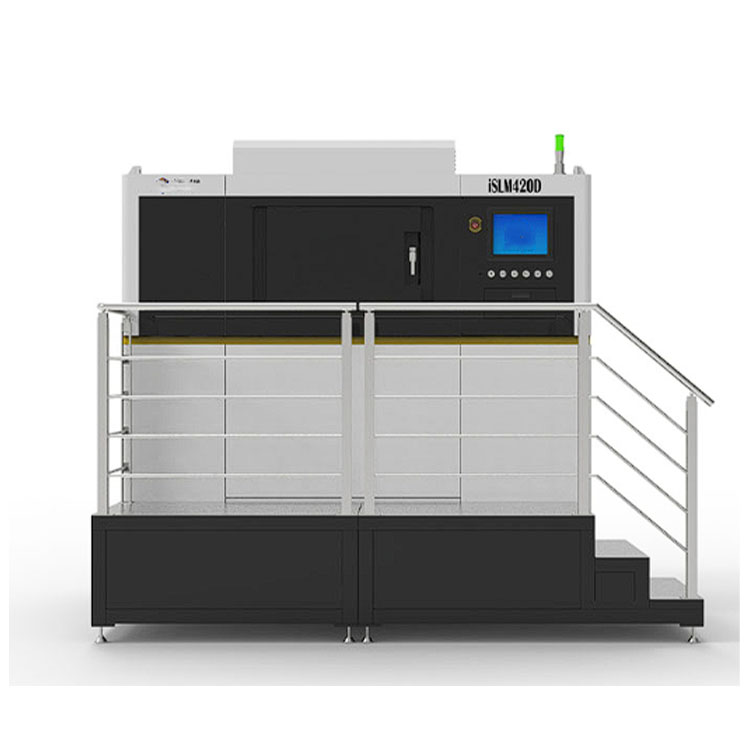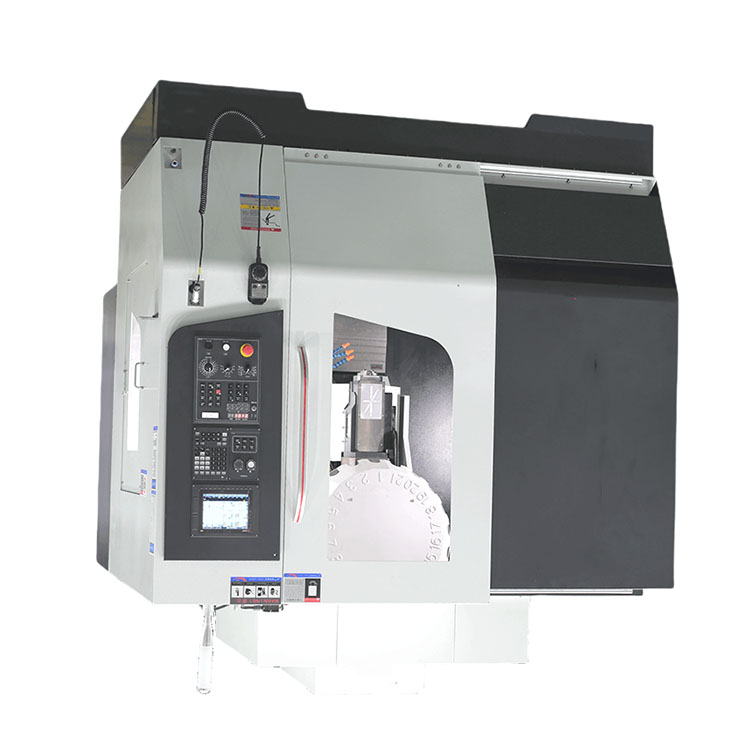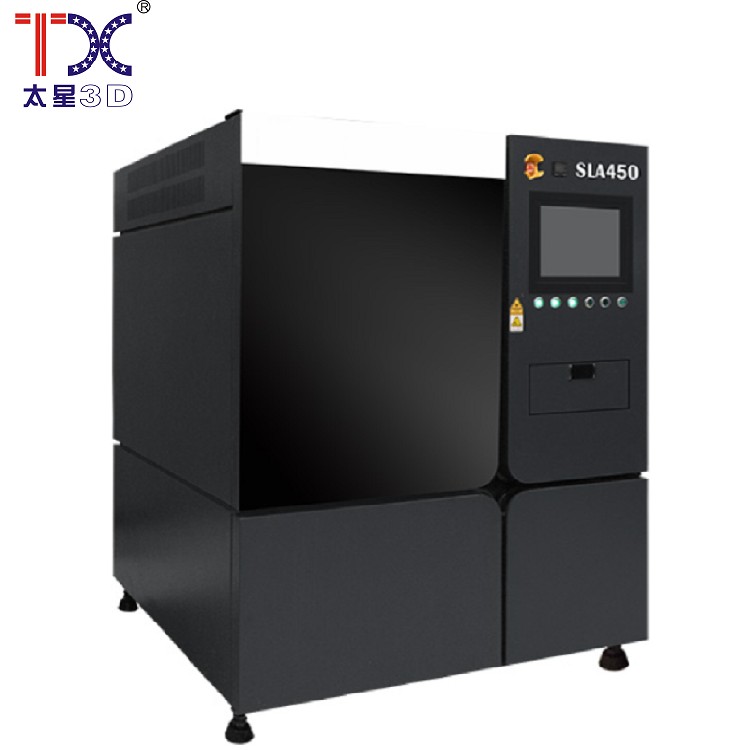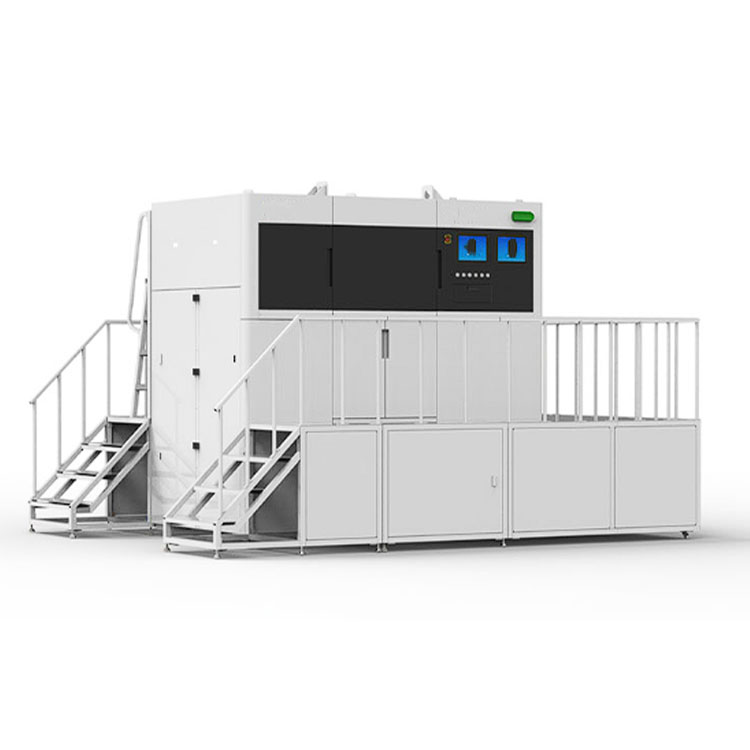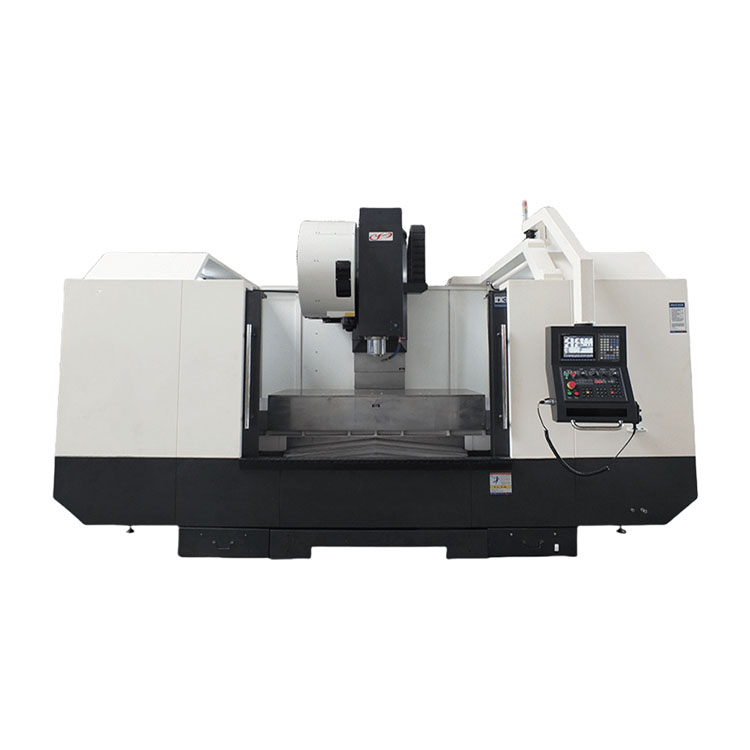
Electronic 3D printing
Electronic 3D printing
Electronic 3D printing is an amazing technology that gradually changes the world around us. Imagine that you can create almost any item by just by pressing a few buttons. It sounds fantastic, isn't it? This technology is based on the principle of layer -by -layer fusion or application of material, which is formed in a three -dimensional figure.
How does this work?
Unlike the usual 3D printing, where plastic or metal is used, electronic 3D printing works with electrical conductive materials. Imagine the finest stream of ink, which are sprayed and freeze, forming a complex electronic circuit. In fact, this is the creation of microcircuits, printed circuit boards, antennas and other electronic components directly on the printer. This is a much more accurate and quick way to make than traditional methods. The material can be various conductive substances, such as metals, graphite, carbon nanotubes. The principles are complex, but the essence is simple: the layer -by -layer creation of objects using electrical conductive materials.
Advantages and prospects
This technology opens incredible prospects in various fields. From the creation of flexible electronic devices, for example, flexible displays and electronic fabrics, to the production of complex microcircuits for future electronics. Using an electronic 3D printing, you can create unique and complex structures that are almost impossible to make in other ways. This significantly reduces the cost of production, allows you to create individual solutions and accelerates the development of new technologies. It is especially important that this can be the key to the mass production of electronics adapted to specific tasks. We see this in the development of smart houses, in the field of medical technologies, and even in the production of new types of sensors and sensors.
Possible difficulties and future development
Like any new technology, electronic 3D printing has its own difficulties. The accuracy and reliability of the process still require further improvements. It is also worth noting that the choice of materials is still limited. However, scientists are constantly working on expanding the capabilities of this technology, improving the quality and speed of printing, as well as the discovery of new types of materials. The future of electronic 3D printing is filled with vivid prospects. She promises to revolutionize the production of electronics, medical technologies, and even the design as a whole, opening new ways for creativity and innovation.
AppropriateProducts
Corresponding products
The best soldproducts
The best -selling products-
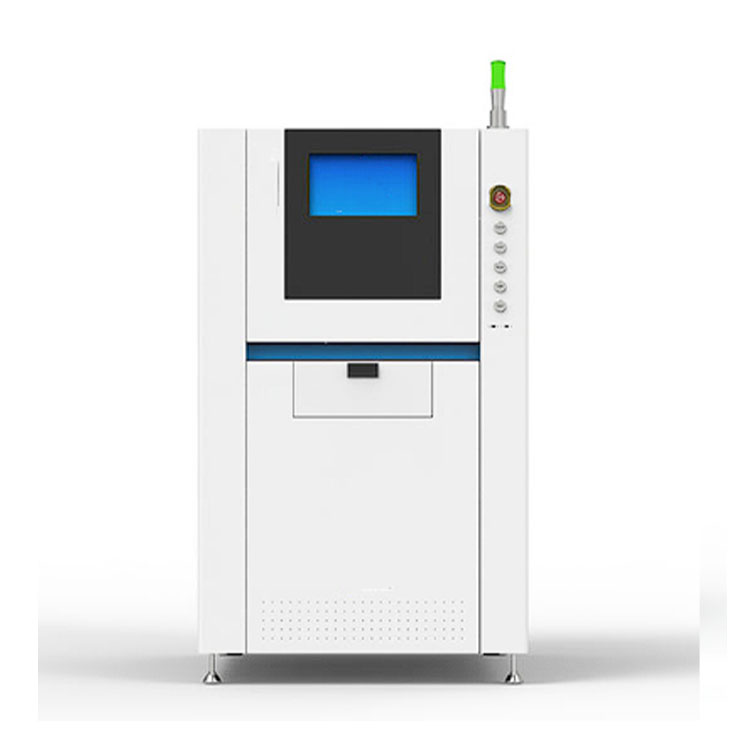 Taisin Metal 3D printer IDEN160
Taisin Metal 3D printer IDEN160 -
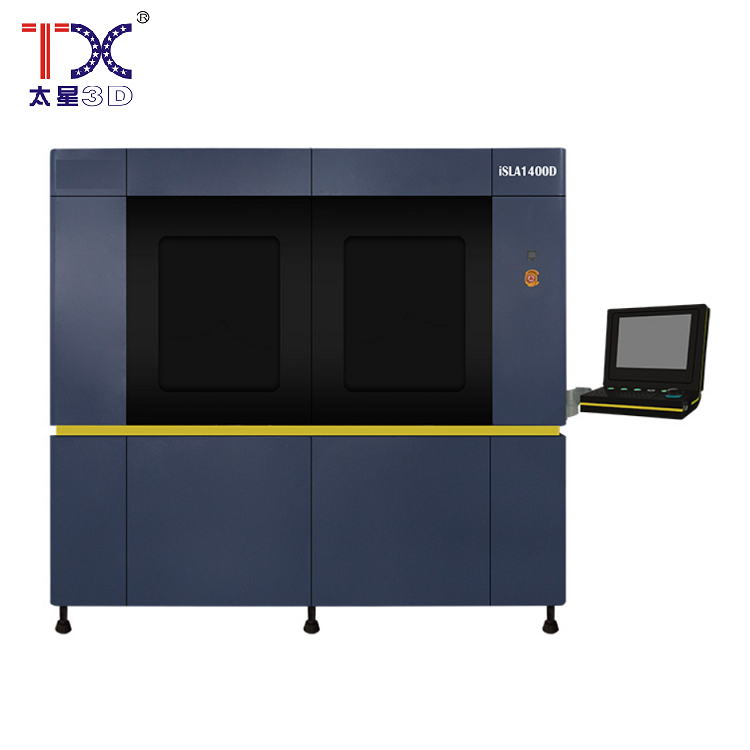 Taisin Light-adopted 3D printer SLA1300D
Taisin Light-adopted 3D printer SLA1300D -
 Taisin Light-adopted 3D printer SLA660Lite
Taisin Light-adopted 3D printer SLA660Lite -
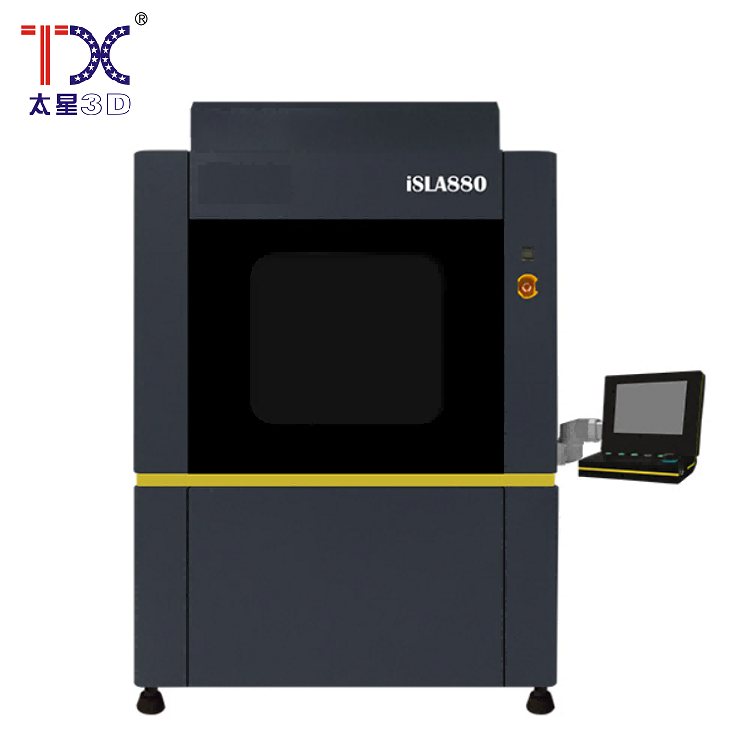 Taisin Light-adoptive 3D printer SLA880
Taisin Light-adoptive 3D printer SLA880 -
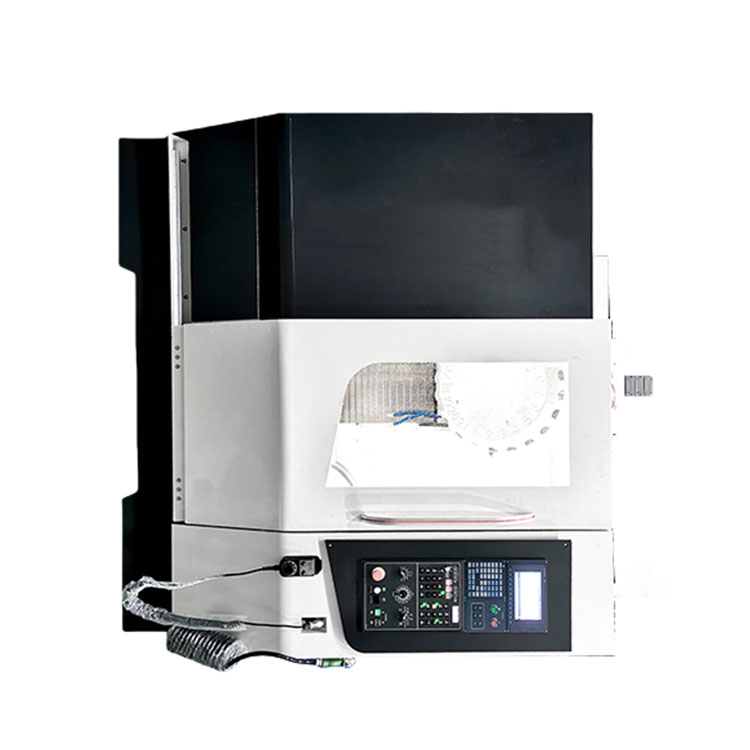 Taisin processing center for drilling and cutting threads TXT-800
Taisin processing center for drilling and cutting threads TXT-800 -
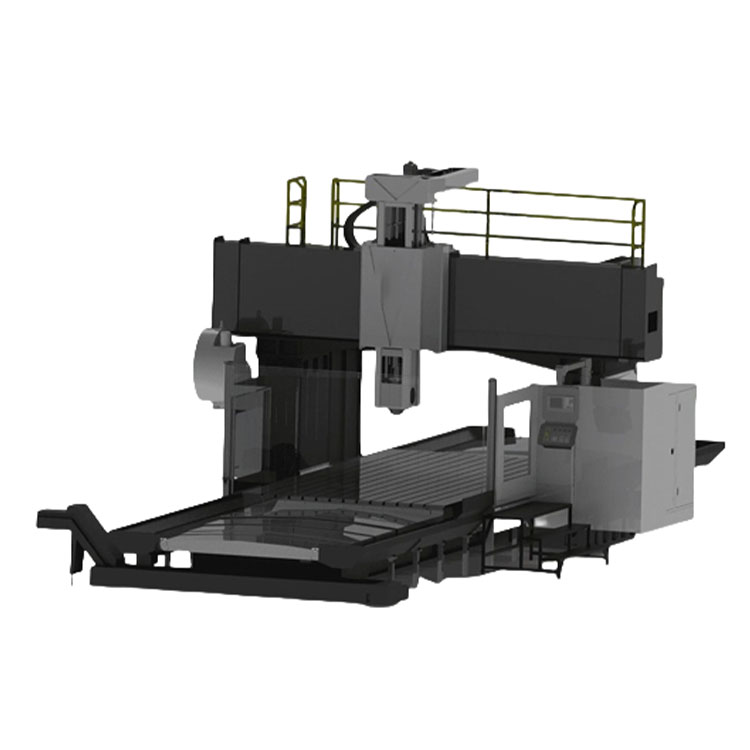 Taisin portal processing center with CNC TXM-9038
Taisin portal processing center with CNC TXM-9038 -
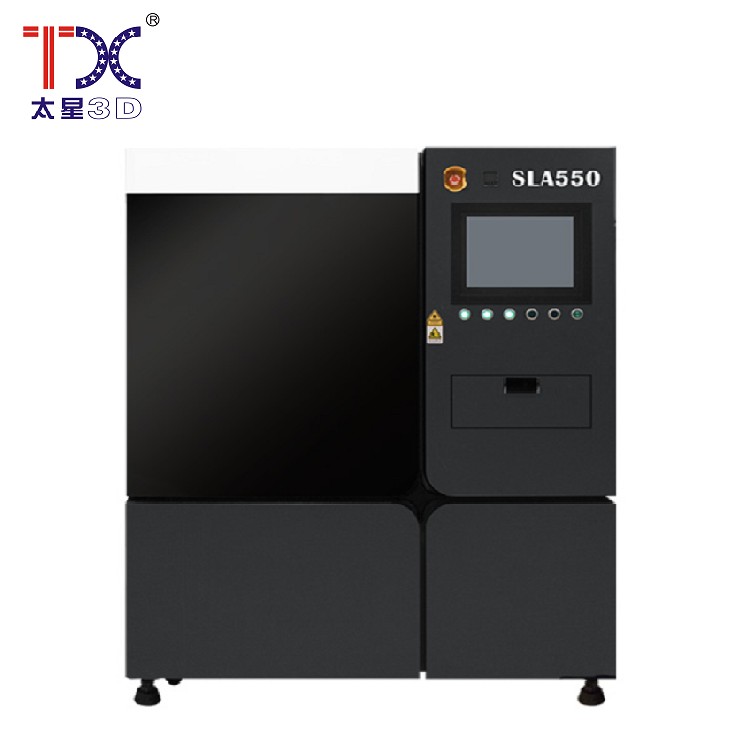 Taisin Light-adoptive 3D printer SLA550
Taisin Light-adoptive 3D printer SLA550 -
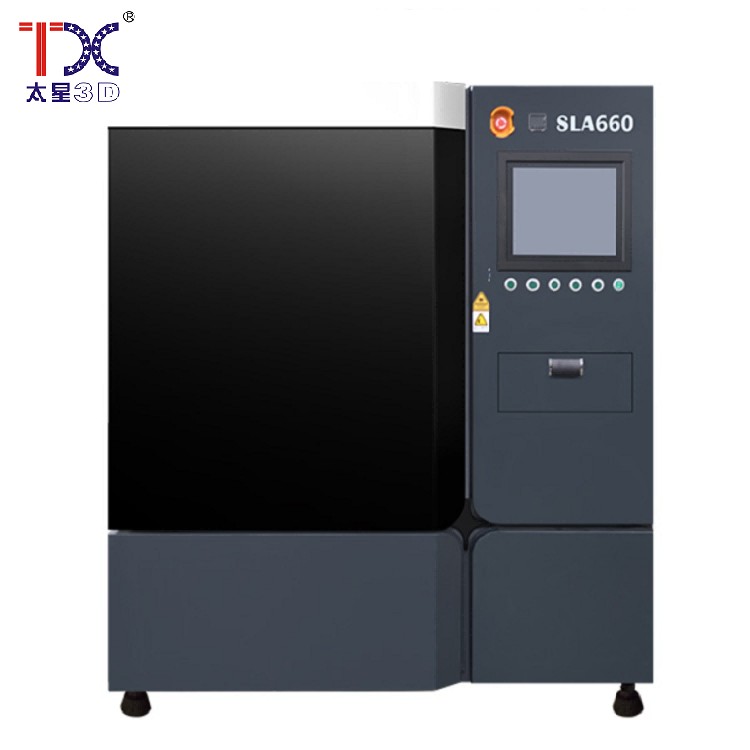 Taisin Light-adopted 3D printer SLA660
Taisin Light-adopted 3D printer SLA660 -
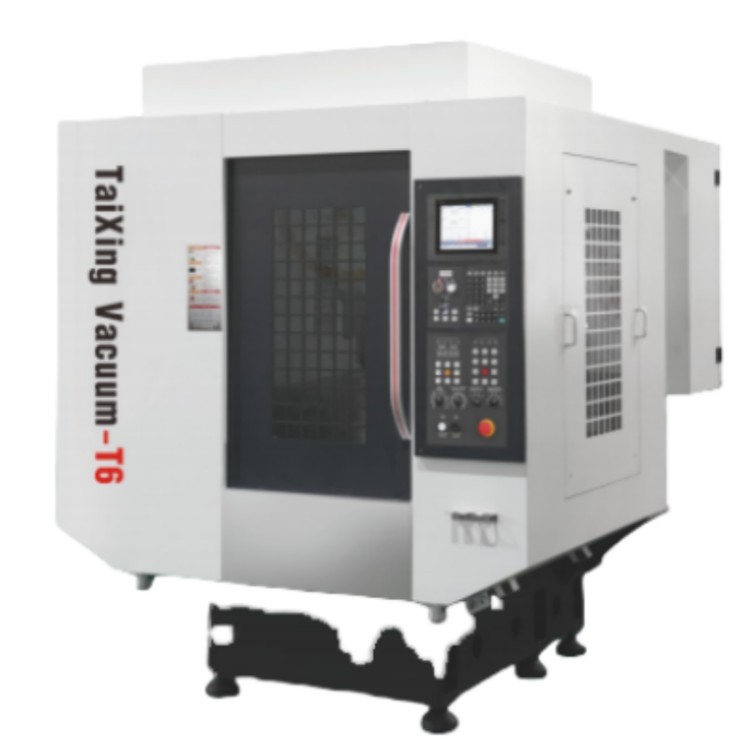 Taisin high-speed drilling and threaded machine TX-T6
Taisin high-speed drilling and threaded machine TX-T6 -
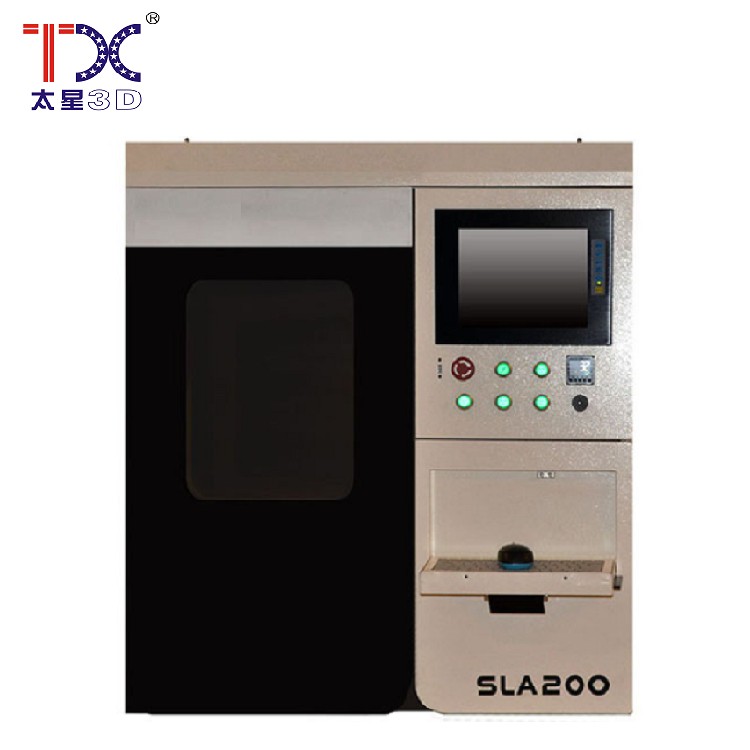 Taisin Light-adoptive 3D printer SLA200
Taisin Light-adoptive 3D printer SLA200 -
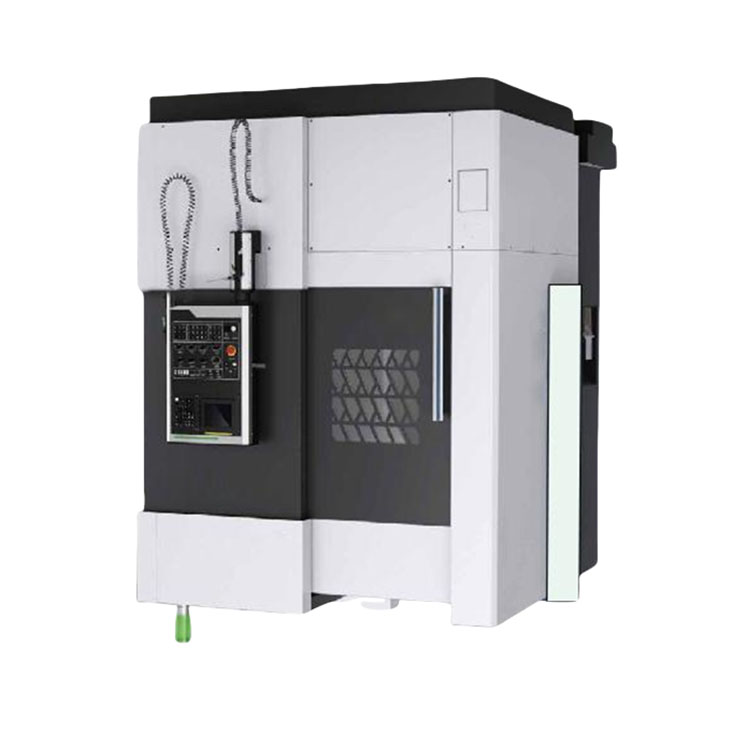 Taisin Vertical CNC TXLC-500 CNC
Taisin Vertical CNC TXLC-500 CNC -
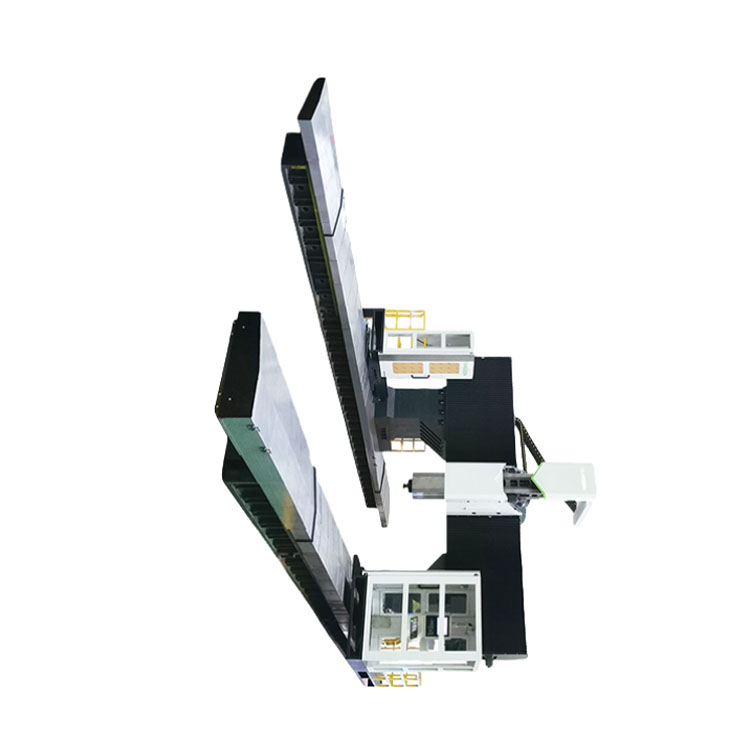 Taisin Pyatioseva CNC processing center for machining TXMT-21042
Taisin Pyatioseva CNC processing center for machining TXMT-21042
Connectedsearch
Related search- Manufacturers of high-quality 5-axial OEM processing centers
- Cheap quality five axes processing center suppliers
- China 2 CNCs CNC PDF machine Plant
- Cheap factories for post-cutting 3D printing
- Cheap providers of the CNC axis
- Cheap factories Slic3r
- Cheap suppliers of cam
- Cheap manufacturers Zbrush
- Suppliers of educational 3D printing in China
- Cheap 2 axes of CNC machines suppliers






